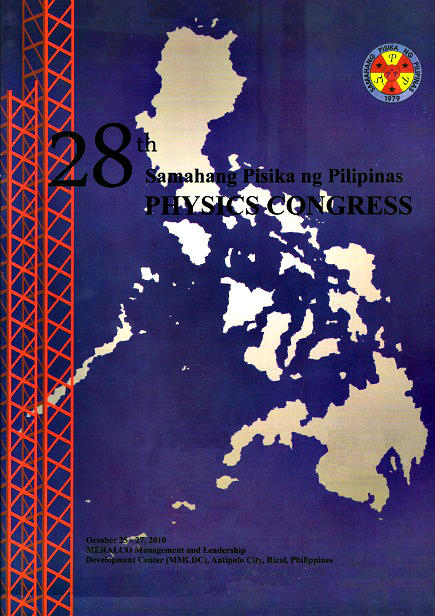The effect of growth temperature, dwell time, and orientation of the thermal gradient to the gravitational field in the synthesis of CdS nanomaterials using the vapor phase crystal growth technique
Abstract
CdS nanomaterials were successfully synthesized at varying furnace of 0°, 45°, and 90° and growth temperatures of 800°C, 1000°C and 1200°C using the vapor phase crystal growth technique. The synthesized product was a yellow-orange material and was characterized using the SEM, EDX, and photoluminescence spectroscopy. The SEM photomicrographs revealed various nanostructures in a form of nanowires, nanorods, nanobelts, and nanosheets. Energy dispersive X-ray analyses confirmed that CdS nanomaterials showed a uniform composition of Cd and S with a minimal presence of impurities. The PL spectra of the samples revealed intense peaks in the range of 477 nm to 548 nm wavelengths where the energy band gap was obtained at 2.44 eV which is approximately that of CdS. The optimum growth conditions were observed at a growth temperature of 1200°C with dwell time of 8 hours and furnace angle of 90°.
Downloads
Issue
Strengthening physics research and education for a brighter tomorrow
25-27 October 2010, MERALCO Management and Leadership Development Center, Antipolo City











